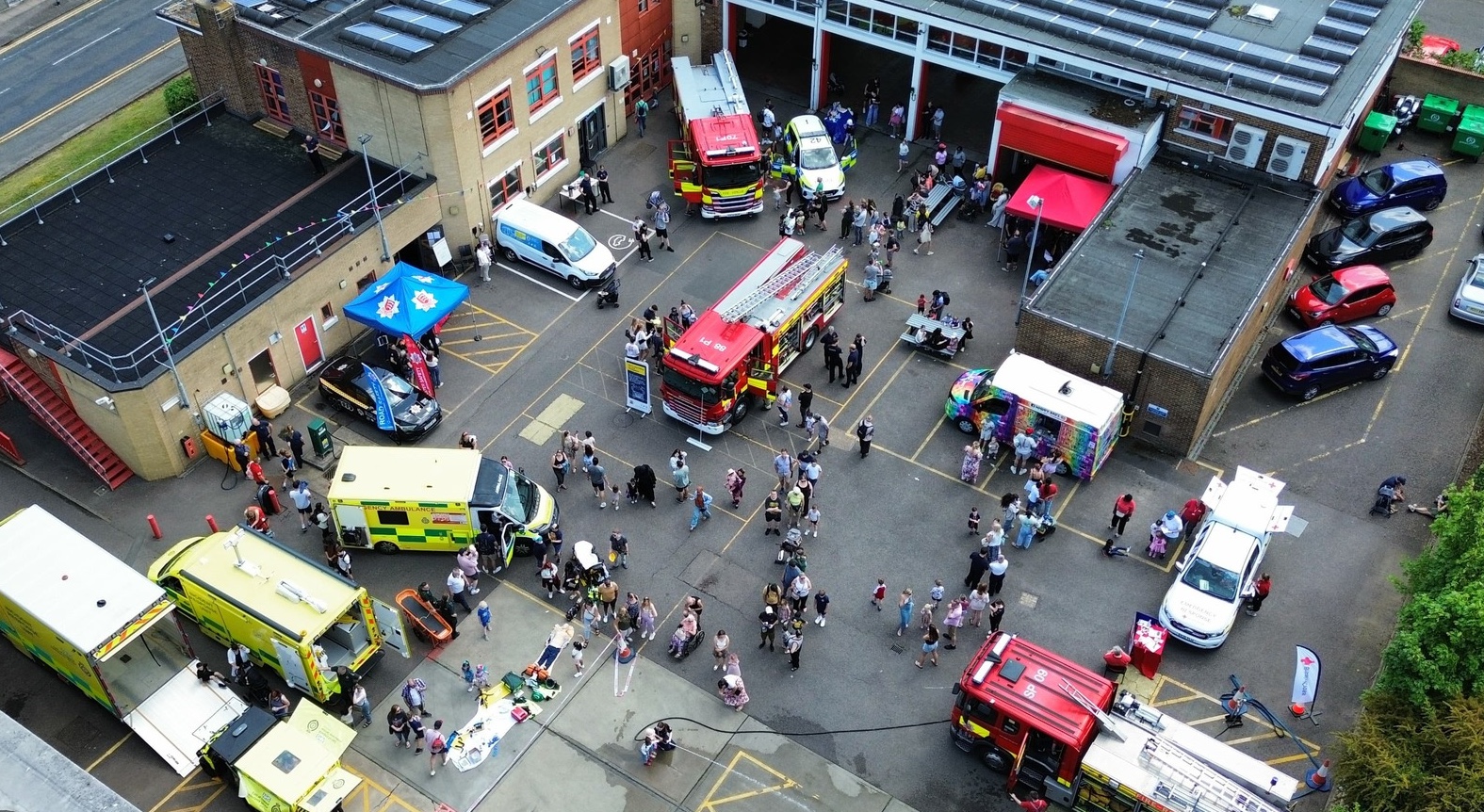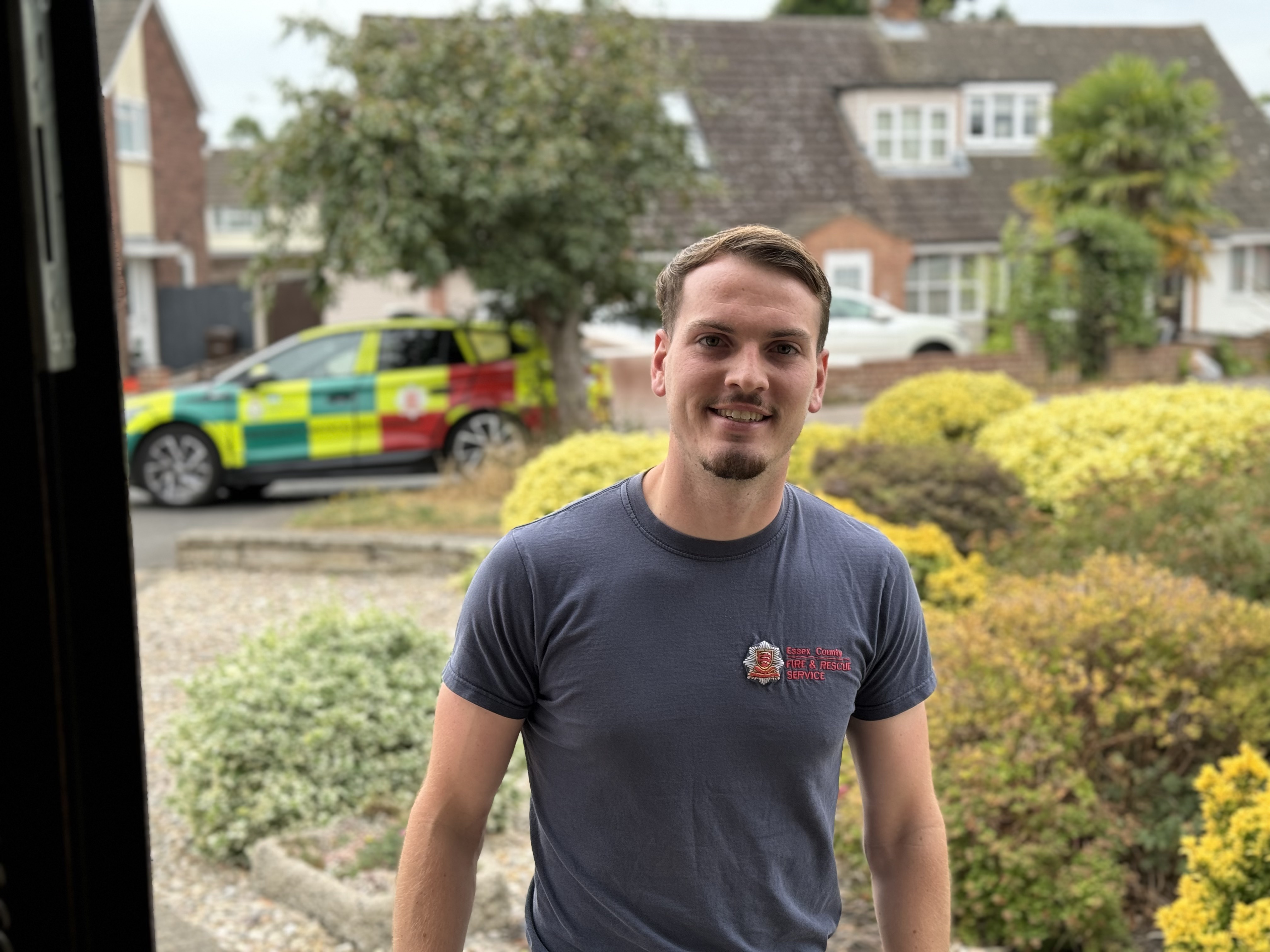Equality Information Report 2023
At Essex County Fire and Rescue Service (ECFRS), we believe that creating an environment where every member of our team can succeed allows us to deliver the very best service we can to the people who live, work and travel in Essex.
In this report, we will share what we did in 2023 to be an inclusive employer. When we include everyone, we create the opportunity for differences to be understood and proudly celebrated. We believe that every employee has the right to be treated fairly with kindness, equality, dignity, and respect. We are committed to providing a supportive and inclusive working environment to promote this.
You can read the PDF version of the report here or sections of the report below.
This report has been written in Plain English and has been given a Crystal Mark by the Plain English Campaign.
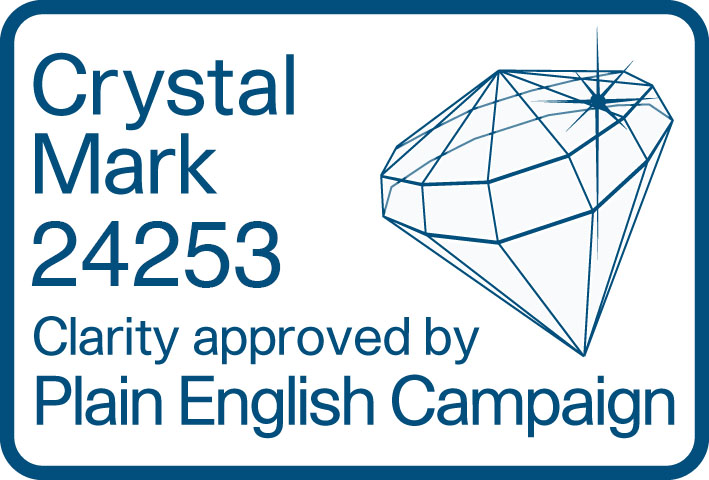
Equality Information Report 2023
Introduction
We know that creating an environment where all our people can succeed allows us to provide the best service we can to the people who live, work and travel in Essex.
In this report, we share what we did in 2023 to be an inclusive employer. When we include everyone, we create the opportunity for differences to be understood and proudly celebrated.
We believe that every employee has the right to be treated fairly and with kindness, equality, dignity and respect. We are committed to providing a supportive and inclusive working environment to promote this.
We want colleagues to feel valued and contribute to our vision to be one of the best fire and rescue services in the country. We know that diversity supports greater creativity and innovation if people can be open about their strengths, experiences and knowledge. This is why we promote a positive culture. Each of our colleagues is unique, so it’s important they feel that they can be themselves. That way, they are more likely to speak up and share their thoughts, needs and views, highlighting what others may not have considered.
This is how diversity adds value to our service. It improves how we do things, guides our policies, practice and decision-making, and expands our collective knowledge. All of this means we can provide equal access, opportunities and outcomes and do our best for our communities.
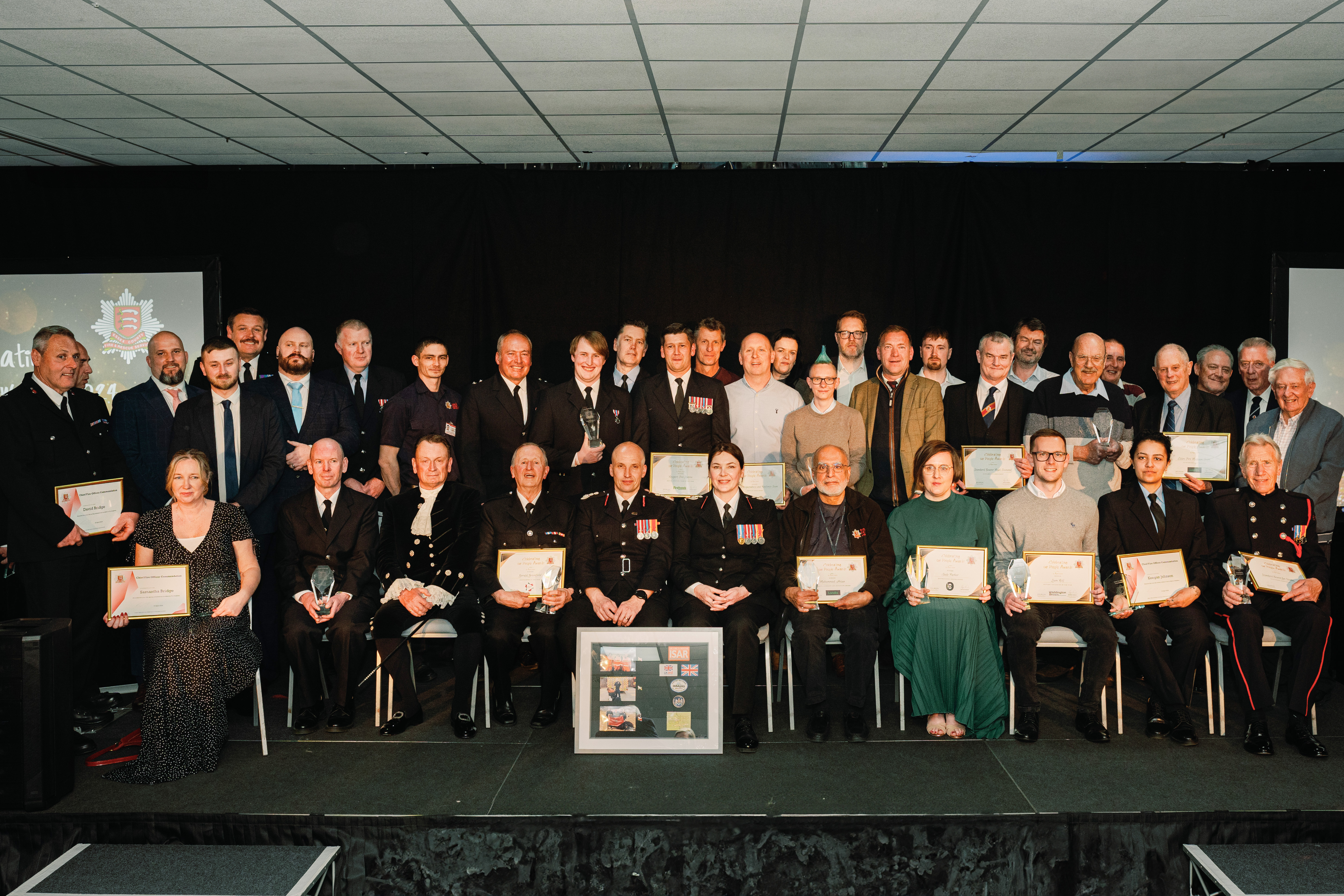
Our Fire and Rescue Plan
Our Fire and Rescue Plan sets out our priorities and how we will help keep our communities safe.
The plan brings together our service, our partners and the public to build safe and secure communities and offer efficient and effective prevention, protection and response activities.
The plan shows that promoting a positive culture in the workplace and always trying to improve the diversity of our workforce are key priorities for our service. It also states that we will:
• work with our partners;
• make the best use of our resources;
• develop and broaden our roles and activities; and
• be accessible, transparent and open about our processes.
This means we can help vulnerable people stay safe, improve safety on our roads and provide the right services for all our communities through our prevention and protection activities and when we respond to incidents.
To read our Fire and Rescue Plan, visit fire_and_rescue_plan.pdf (essex-fire.gov.uk).

Our Public Sector Equality Duty
We provide an equal service because we believe it is the right thing to do. However, as a public service, we also have a legal duty to do this. The Equality Duty was developed to bring together the previous public sector equality duties and to extend them across the following nine protected characteristics.
• Age
• Disability
• Gender reassignment
• Marriage and civil partnership
• Pregnancy and maternity
• Race
• Religion or belief
• Sex
• Sexual orientation
Related legislation sets out specific duties which support the general Equality Duty.
We have the following duties.
• Preventing unlawful discrimination, harassment and victimisation as well as any other conduct which is forbidden under the Equality Act 2010.
• Making sure there are equal opportunities for people who have a protected characteristic and those who do not.
• Building positive relationships between people who have a protected characteristic and those who do not.
These duties are sometimes referred to as the three aims of the general Equality Duty.
Under the Equality Act 2010 we must do our best to promote equality in the following ways.
• Removing or reducing disadvantages which people experience because of their protected characteristics. This includes giving genuine thought and attention to preventing unlawful discrimination against someone because of their protected characteristics.
• Working towards meeting the needs of people from protected groups (groups of people who share a particular protected characteristic) when these are different from the needs of other people.
• Encouraging people from protected groups to join in with their community and other activities in which participation from protected groups is low.
For more information about the Public Sector Equality Duty (PSED), click here.

Our equality objectives
As part of our Equality Duty, we set equality objectives to make sure we are always improving and monitoring our progress. We have the following equality objectives from 2022 to 2024.
1. We will consistently give genuine thought and attention to equality and diversity in our organisation and aim to lead the way in workplace diversity and inclusion across Essex.
2. We will invest in a diverse workforce with the skills, knowledge and attitude needed to build a culture of diversity and inclusion.
3. We will deliver inclusive evidence-based services that show genuine thought and attention when assessing risks and behaviour in the community, to help make sure services are accessible and fair to everyone.
4. Demonstrate community-focused leadership by working in partnership and making the most of our presence in the region to stress the importance of socio-economic factors and how they affect both employment and services.
In this information report, we provide an overview of our progress towards meeting our objectives, and the activities we have carried out to deliver our Fire and Rescue Plan and provide an equal service to our communities.

Our progress
Objective one
We will consistently give due regard (genuine thought and attention) to equality and diversity in our organisation and aim to lead the way in workplace diversity and inclusion across Essex.
People Impact Assessment (PIA)
One of the ways we give genuine thought and attention to equality and diversity is by making sure that the decisions we make have considered the impact our actions will have on people. In 2023, we made sure that PIAs were carried out for key decisions, policies and procedures. This was helpful because it identified opportunities to do things in the most inclusive way possible. For example, a PIA prompted us to consider whether meeting people face-to-face (for example, in situations such as recruitment events, question and answer sessions or job interviews) might exclude some people and whether we needed an online option too. A different PIA meant we began offering some training which is targeted to people with protected characteristics who are under-represented in our workforce.
Workplace diversity
We proudly promote a culture of inclusivity in our recruitment processes and, in line with the Equality Act 2010, do our best to encourage people from a wide range of backgrounds to apply for our vacancies. This helps to build the skills and knowledge of our existing staff and brings different experiences from each person’s life to our workforce.
Like many fire and rescue services in the country, our workforce does not currently reflect the diverse communities in our county. However, we believe that by:
• promoting a positive culture;
• actively engaging with our communities;
• sharing information about our work and progress towards meeting our objectives; and
• taking opportunities to reach out to younger people in Essex;
we can increase the diversity of people we attract to our varied roles. This includes our apprenticeships, cadet opportunities and voluntary positions.
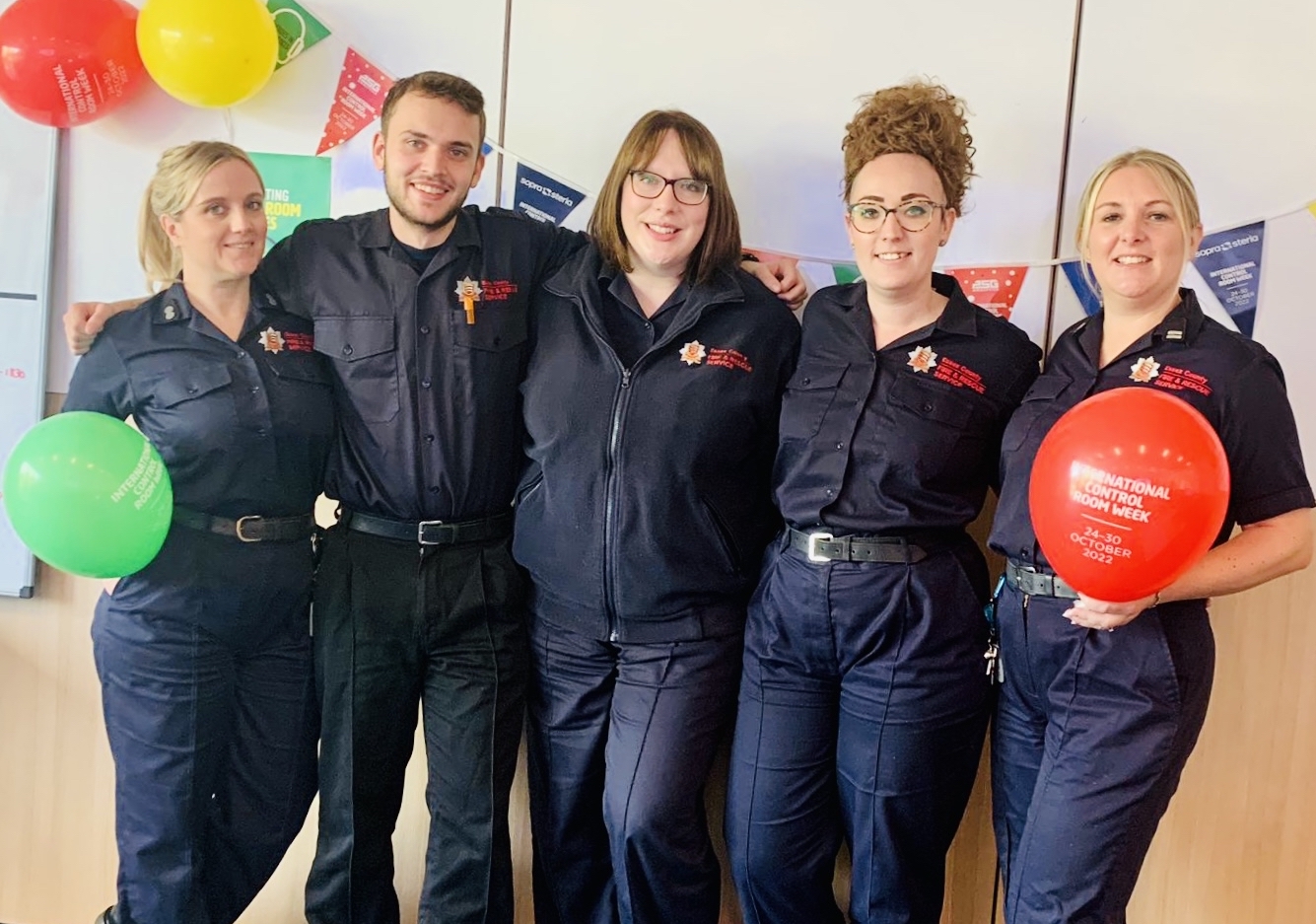
Positive action
In 2023, we applied positive action principles when we were recruiting to attract people from groups that are currently under-represented in our service. This included attending local events and using targeted advertising to reach out to under-represented groups.
Our positive action approach actively encourages females, ethnic minorities and people under the age of 25 to get involved. We receive a lower proportion of applications from these groups, which means they are under-represented in our workforce when compared with the communities in Essex.
We know from our data that our vacancies attract a diverse range of applicants. However, the diversity of our applicants does not yet represent the diversity of our communities in Essex.
We monitor our recruitment and selection data to check for equal opportunities and to understand if any diverse groups experience barriers or unfair outcomes in our processes.
We were pleased that, in December, the Asian Fire Service Association recognised our efforts with a Positive Action award.
Applications
We received 3310 applications for our vacancies in 2023. The applicants shared the following information with us.
• 549 applicants identified as female
(16.6%, an increase from 13.2% in 2022).
• 242 applicants identified as being from an ethnic minority
(7.3%, an increase from 5.2% in 2022).
• 684 applicants were under the age of 25
(20.7%, an increase from 17.5% in 2022).
• 85 applicants identified as LGBTQ+
(2.6%, an increase from 1.9% in 2022).
• 126 applicants told us they have a disability
(3.8%, an increase from 3.5% in 2022).
New joiners
A total of 237 new colleagues joined our workforce in 2023. They shared the following information with us.
• 64 people identified as female (27.0%, an increase from 23% in 2022).
• 12 people identified as being from an ethnic minority (5.1%, a drop from 11% in 2022).
• 36 people were under the age of 25 (15.2%, an increase from 14.8% in 2022).
• 12 people identified as LGBTQ+ (5.1%, an increase from 3.3% in 2022).
• Eight people told us they have a disability (3.4%, an increase from 3.3% in 2022).
By analysing our recruitment information (2021 to 2023), we can see that there was no disproportionate difference between the number of applications we received from any individual group with a protected characteristic and the number of jobs we offered to people with that protected characteristic.
• 11% of applicants were female and 11% of job offers were made to females.
• 8% of applicants were from non-white British ethnic backgrounds, and 8% of job offers were made to non-white British candidates.



Case study: Internship – Change 100
Over the summer of 2023, our Recruitment Department welcomed Shauna to the team on a three-month placement as an intern from the Change 100 programme. Change 100 is a programme of paid summer-work placements, professional development and mentoring led by the Leonard Cheshire charity.
Talented university students and recent graduates with any disability or long-term condition are matched with inclusive employers.
Shauna’s academic skills, combined with her experience of being neurodivergent (meaning that she thinks and behaves differently to most other people), provided great insight for our recruitment processes to make sure they are inclusive for neurodivergent applicants. Shauna carried out research to support our recruitment activity and improve our approach to attracting greater diversity to our service.
Supporting Shauna as part of the Change 100 programme gave colleagues the opportunity to learn from the diversity of thought that working with someone with neurodivergence brings to a team.
Shauna wrote a piece for our Inclusion Insights monthly e-newsletter as part of National Inclusion Week. Shauna is the third intern we have welcomed through Leonard Cheshire, we look forward to welcoming another in 2024.
Data and equality monitoring
We encourage all applicants and employees to share their personal information with us so we can carry out equality monitoring. We understand that not everyone chooses to share their personal information.
During 2023, we developed a data dashboard to improve how we monitor information about our workforce and use it to shape our policies and practice. The dashboard holds personal information that our colleagues have shared with us. We use this information to help us understand our workforce diversity and develop different ways of working to support our people.
To make sure we compare our data accurately each year, we used the same methods in this dashboard to compare our previous data from 2021 and 2022.
We collect and handle personal information fairly and in line with data protection laws. We will continue to educate our employees on the benefits of sharing their personal information as it allows us to see possible inequalities and work towards inclusion.
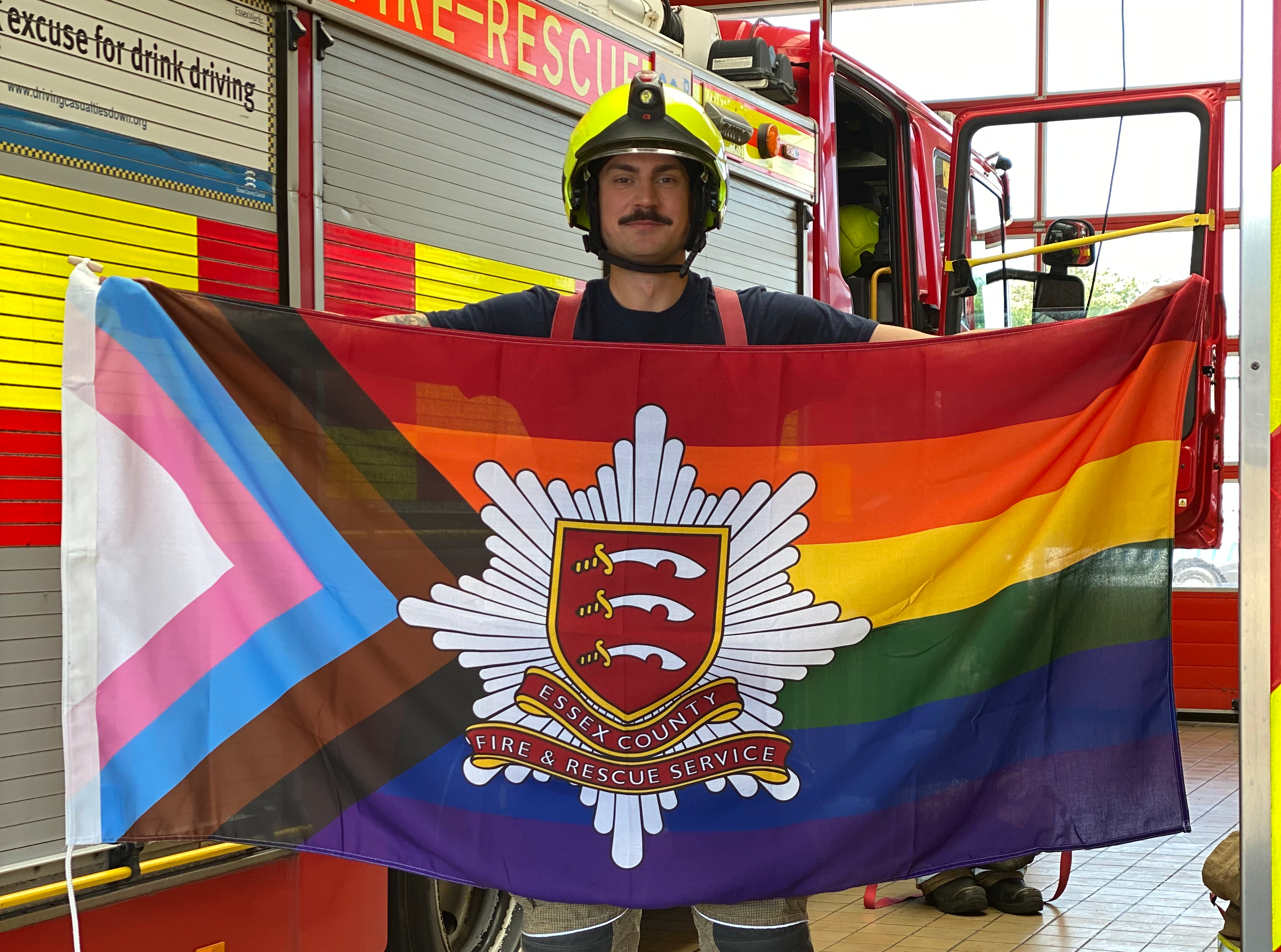
Diversity information that was not shared
This table shows the number of colleagues whose diversity data records for the listed characteristics are blank as they have not shared their personal information with us.
| Characteristic | 31 December 2021 | 31 December 2022 | 31 December 2023 |
| Gender | 60 | 3.9% | 54 | 3.5% | 53 | 3.4% |
| Ethnicity | 303 | 19.9% | 274 | 18.1% | 272 | 17.7% |
| Sexuality | 453 | 29.8% | 422 | 27.9% | 412 | 26.8% |
| Religion or belief | 695 | 45.7% | 646. | 42.7% | 616 | 40.1% |
We continue to encourage our employees to share their diversity information. Our new applicant tracking system (launched in September 2023) helps people who apply to us for a job to share their diversity information with us.
Objective two
We will invest in a diverse workforce with the skills, knowledge and attitude needed to build a culture of diversity and inclusion.
Investing and developing our people
In June 2023, we launched a new training module about inclusive behaviours. All employees must complete this training and, so far, 76% of our employees have done so. So far, this training has only been available online, but in 2024 we will begin to introduce face-to-face training that covers the content of this online training. We also continued to provide compulsory training in our Core Code of Ethics, which 94% of employees have completed.
We have 63 new Dignity and Inclusion Advocates, who are being trained. Their training includes courageous conversation training, which focusses on good communication with managers and colleagues to encourage the best performance in a team. The training concentrates on informal conversations around performance, concerns for welfare and disciplinary matters. It also covers communication tactics to be used in formal meetings where difficult subjects need to be discussed.
We are also working with outside organisations to offer leadership development programmes specifically aimed at females and minority groups.
Leadership, Resourcing and Succession (LRS) Development programme
Our LRS Development programme gives everyone the opportunity to work towards achieving their career goals.
In 2023, 146 of our colleagues took part in this programme. Equality monitoring showed that more colleagues who identify as female and more colleagues who identify as being from an ethnic minority accessed the programme in 2023 than in 2022.
• 22 of those colleagues identified as female (15.1%, an increase from 11% in 2022).
• Five identified as being from an ethnic minority (3.4%, an increase from 2% in 2022).
• 18 were aged between 25 and 35 (12.3%).
• Four identified as LGBTQ+ (2.7%).
• 13 told us they have a disability (8.9%, an increase from 6% in 2022).
We offer coaching to all our colleagues to help them succeed in their career. We provide access to coaches within our service and through outside organisations.
We work with Genius Within to provide coaching which meets the needs of neurodivergent thinkers. In 2023, 12 colleagues received coaching through Genius Within and 90 colleagues received coaching from an outside organisation. We look forward to offering additional development coaching for colleagues who are under-represented in our service through a new partnership with Practice to Progress in 2024.
Promotions
In 2023, 72 people were permanently promoted in our service. Equality monitoring showed the following.
• 16 of those colleagues identified as female (22.2%, an increase from 21% in 2022).
• Three identified as being from an ethnic minority (4.2%, an increase from 1.6% in 2022).
• One was under the age of 25 (1.4%, an increase from 0% in 2022).
• Three identified as LGBTQ+ (4.2%, in increase from 0% in 2022).
• No employees who were promoted told us that they have a disability (down from 5% in 2022).
We compare development and promotions data with our general workforce data to see where we may need to make positive changes to make sure there are equal opportunities for all our employees.
Our community engagement
Objective three
We will deliver inclusive evidence-based services that show due regard (genuine thought and attention) when assessing risks and behaviour in the community, to help make sure services are accessible and fair to everyone.
Our Prevention Team focusses on different aspects of vulnerability, working with partners such as Essex County Council and local councils on shared goals to reduce vulnerability and the risk of fire, road and water incidents within our communities. Improving the information we collect helps us to understand and meet people’s needs to reduce the risks. We use this and other information to update our People Impact Assessments and develop our Community Risk Management Plan.
Who we visited
We visited 9959 residents through our Home Fire Safety Visit service to raise awareness of the risk of fire in the home and home security, and to offer information about health and well-being. When we asked residents to respond to the statement ‘I feel safer in my home following the home fire safety visit’:
• 97% either agreed or strongly agreed; and
• 96% said that they would recommend this service to their friends and family.
We received the following information about the residents we visited.
• 46% were over the age of 75.
• 20% were over the age of 65.
• 37% lived alone.
• 33% said they had a disability.
• 17% had some level of sensory loss (sight or hearing).
• 6% were restricted to a bed or one room in their home.
Some of the people we visited may fit into more than one of the above groups.
We also received the following ethnicity data from the residents we visited.
• 81% were white British.
• 7% were from an ethnic minority group or would describe themselves as white other.
• 7% preferred not to say.
• 5% did not share this information.
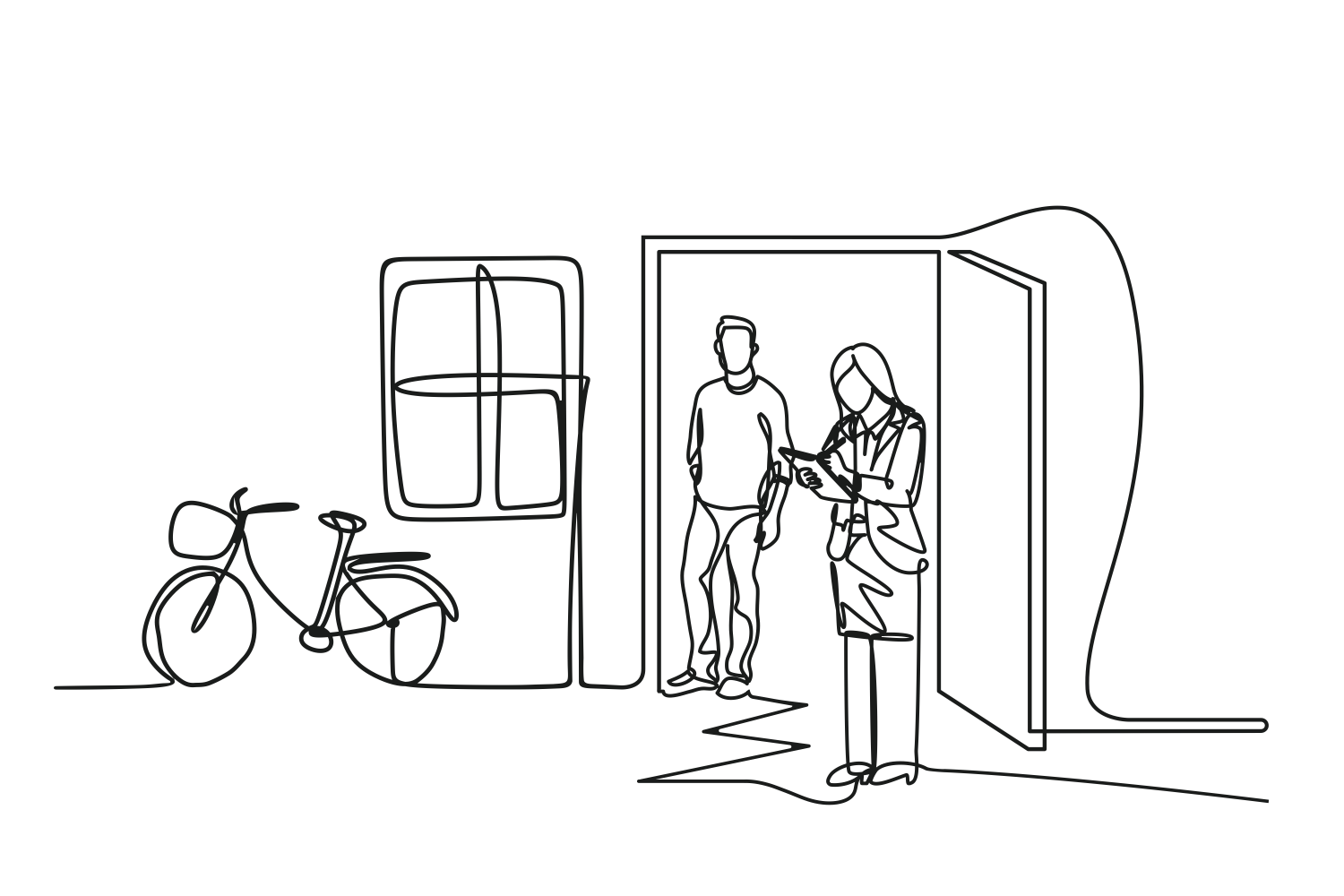
Prevention update
We use the information we collect from our visits to continue developing our understanding of who is most at risk from fires in their home. We will always offer an inclusive approach with our fire prevention advice, through our printed materials and our new online home fire safety check, to make sure our advice is accessible to everyone.
Since 2021, we have used a target model for all our prevention activities to help us reach those most at risk. This is called a ‘person-centred approach’. We apply this approach to all our interventions, focusing on the person, place and property.
All our visits carried out by operational crews, specialist teams and safeguarding teams are booked using our risk information.
Since October 2023, we have been using the categories below to consider risk and vulnerability when we make our visits. For people identified as being in the bronze risk category, we offer home fire safety checks. We offer safe and well visits to people identified as being in the silver and gold categories. The conditions you must meet to fall into the different categories are shown below.
At risk profiles
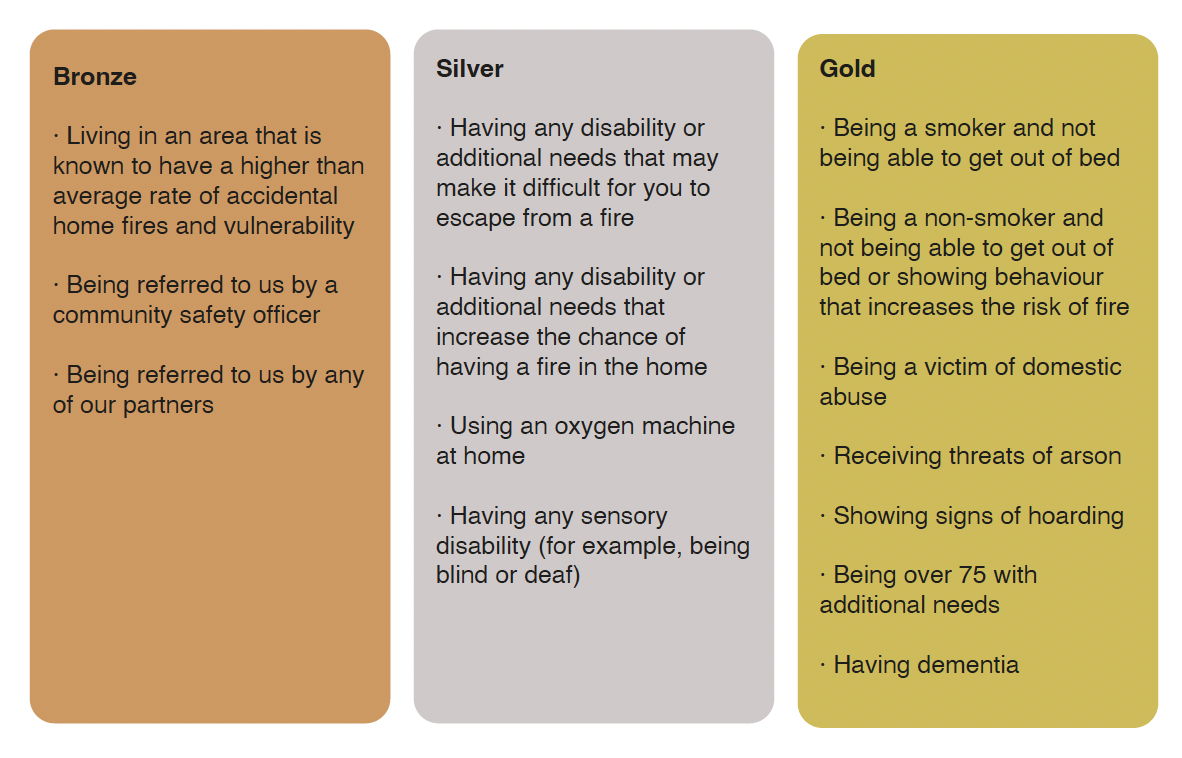
How we collect and use information
During 2023, we continued to improve the way that we collect meaningful information and knowledge about our communities to help reduce risk. Census data and information we receive from our partners tell us about the diverse populations in Essex.
We are working with Essex County Council and other partners to use this information to shape the way we provide our service and consider how it affects the risks that exist within different communities and groups of people.
Our partnership work continues to develop and grow.
We work with over 150 organisations across Greater Essex to reduce vulnerability and risk in the following areas.
• Socio-economic (for example, a person’s level of education, income and employment status) and health inequalities
• Language and literacy needs
• Frailty
• Mental health
We know that vulnerability doesn’t discriminate. This is why, as well as collecting information, we prioritise engaging with our diverse communities. Our conversations with individuals, groups, charities, public service partners and organisations help us learn about the vulnerable members of our community so we can adapt our service to meet their needs. The relationships and partnerships we create support our vision to make Essex a safer place to live, work and travel for everyone.
Case study: Partnership with Millbrook
We have learned from incidents of accidental fires in homes where smoke alarms were fitted but did not save lives or prevent serious harm because the person could not get help or get out of the building. We work in partnership with Millbrook, the providers of technology enabled care (TEC), as their trusted assessors. TEC supports fire safety in the home, based on individual needs. For example, smart home devices can be programmed to provide specific alerts or reminders adapted to the needs of different households, taking account of factors such as mobility issues or cognitive impairments (which affect people’s ability to think, learn, remember, use judgement and make decisions). With TEC, family members or carers can monitor fire safety measures in homes without needing to be there, providing extra support for people who may face challenges in checking and maintaining safety equipment. This is particularly beneficial for vulnerable or elderly people.
Fair and accessible services
To help make our services accessible and fair to everyone, we have done the following.
• In October, we met with local-authority leaders to establish a shared objective of engaging with residents in high-rise residential buildings.
• We worked with adult social care services, presenting the services we can offer to Essex Carers Network.
• We reached out to those most at risk of domestic abuse and violence against women and girls, and those living in areas with high levels of antisocial behaviour. We delivered important sessions about healthy relationships, arson and hoax calls, as well as a number of our FireBreak courses. Our FireBreak courses are five-day courses that take place across our fire stations. Students gain teambuilding skills, work on healthy relationships and learn how they can contribute to the community.
• We launched a new education project to allow parents to carry out a home fire safety check online and get advice on safety in the home.
• We worked with BOC (the UK’s biggest provider of industrial and medical gases), who have trained our prevention officers to use at-home oxygen machines. We delivered our home fire safety training sessions to 25 BOC technicians so they understand what fire risks to look for when people use oxygen at home and how to refer any safety concerns to us.
• All of our safe and well officers completed training in approved assessor assistive technology with TEC through Millbrook. This helps them to recommend the most suitable smoke alarm systems for residents.
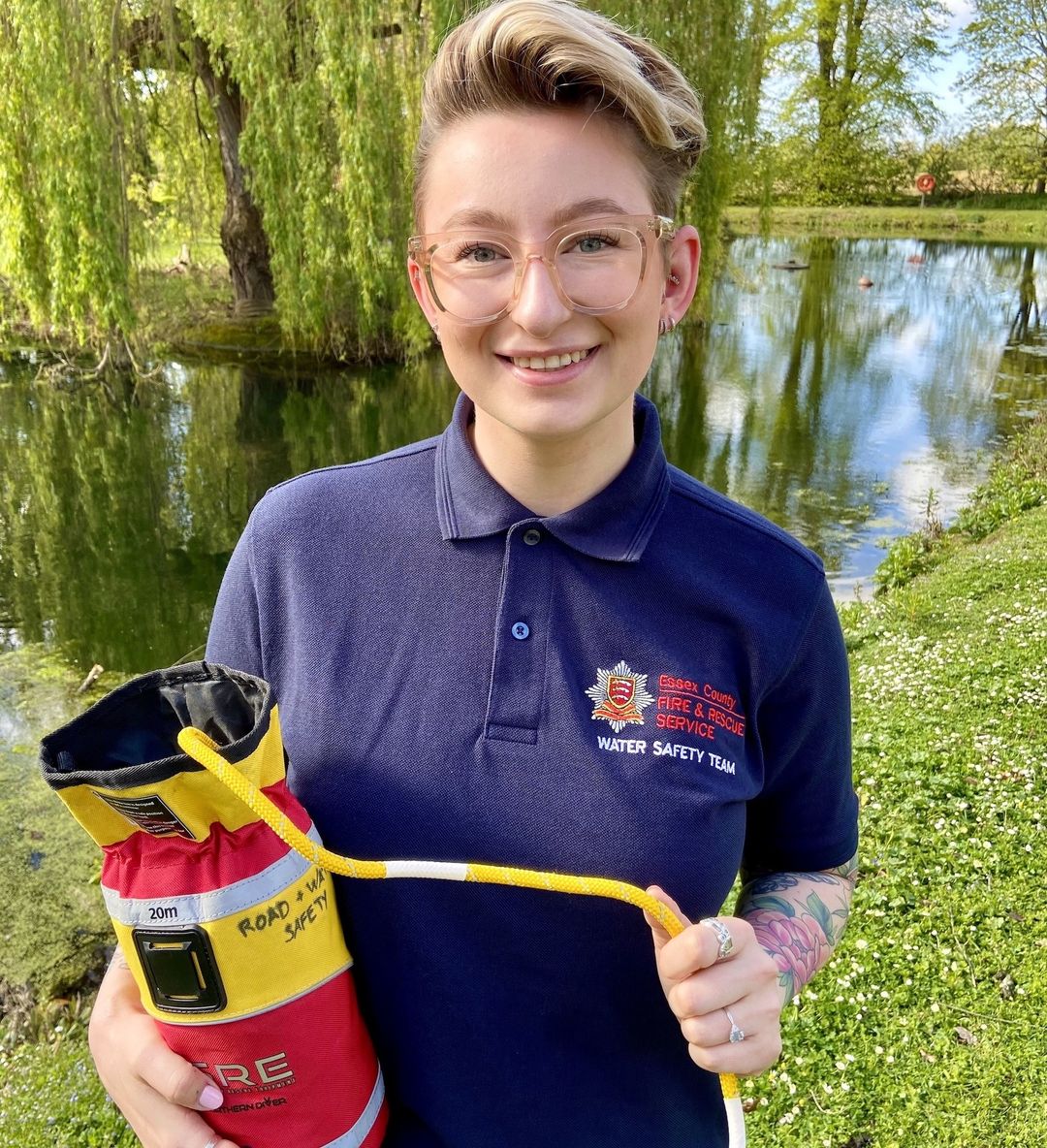
Water safety
There has been an increase in our Water Safety Team’s contact with communities in Essex interactions have increased.
In August we had 27 water safety events, 20% of which took place in the Tendring and Clacton areas. We work with a wide range of partners to make sure our approach is led by data and helps us to meet our targets.
For example, we have worked with the RNLI, coastguards and Essex Police Marine Unit. All our work over the summer has been reviewed and evaluated, and People Impact Assessments are on track to meet our targets.
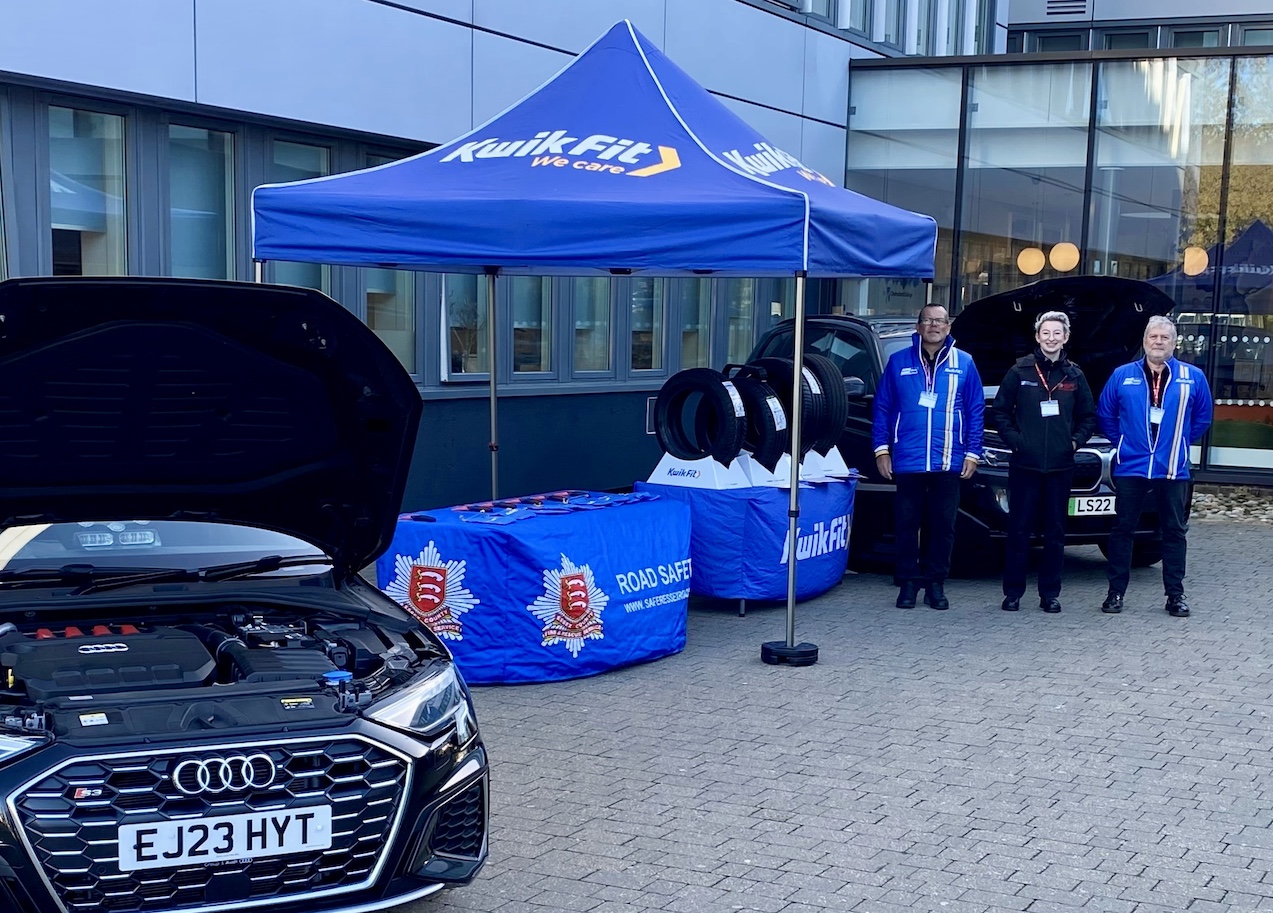
Road safety
Looking at road safety data offers some of the best insight in preventing future accidents on our roads.
Our Road Safety Team delivers road safety talks and motorcycle training courses that are person-centred and tailored to meet individual needs. All our motorcycle courses focus on personal ability and each person who completes a course gets a full evaluation of their riding and how to improve.
Our Road Safety team has been working closely with Essex Group 1 Audi to provide road safety advice to drivers across Essex with our Audi fire car. We were pleased to win an award with Essex Group 1 Audi this year for Excellence in Emergency Services for Collaborative Working for our work to engage with young drivers across Essex.
Our latest road safety partnership is with KwikFit, and we have worked with them across five trial sessions at a number of colleges across Essex.

Education and specialist intervention
Case study: FireBreak – Early intervention programme
Age groups: 10 to 17 and 18 to 25
Our courses are suitable for children and young people who:
• have low self-esteem or lack confidence;
• need a diversionary mentoring scheme (to prevent them from becoming involved in crime and violence), such as our violence against women and girls intervention course;
• need a motivation tool to engage with other services or types of employment;
• are demonstrating risky behaviours; or
• are gifted and talented.
Courses can be tailored to the needs of people in the group. However, our main programmes are:
• Fire Respect;
• Fire Fit;
• Fire Inspire; and
• Fire Empower. To read more about our main programmes, visit www.essex-fire.gov.uk/firebreak
Every year we run an adapted FireBreak course to cater to the needs of young people with Down’s syndrome.More recently, a FireBreak tackling violence against women and girls (VAWG) has been a great success. This course was a finalist in the Children and Young People awards in 2022.
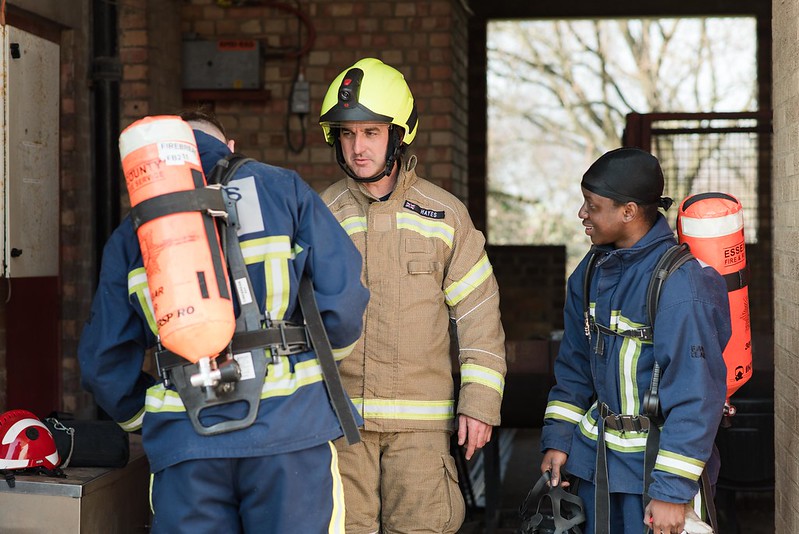
During 2023, we delivered 14 FireBreak courses, including the following in communities across Greater Essex.
• A Fire Respect course in Wivenhoe for Family Solutions. All six students completed the course.
• A Fire Inspire course in Maldon for the charity Extra 21 Down Syndrome. Every student completed the course.
• A Fire Respect course in Harlow for the Rainbow Services organisations. All 12 of the students who attended the course completed it and nine of these students have now joined Harlow Fire Cadets.
• A VAWG FireBreak in Wickford funded by the Violence and Vulnerability Unit and the charity Bar’n’Bus. All 10 of the students who attended the course completed it.
Fire safety interventions
As well as FireBreak courses, we also delivered a number of fire safety interventions with the aim of preventing children and young people from deliberately starting fires. There were 17 fire safety interventions cases referred to our team.
To read about our fire safety interventions for children and young people, visit www.essex-fire.gov.uk/fire-safety-intervention
We are reviewing and updating our resources and creating new ones, as well as making changes to our intervention policy to make our FireBreak courses more accessible for all levels of physical ability and to meet the needs of young people involved in playing with or starting fires. Aileen Wilson, our education and specialist development manager joined the National Core Team to support the national approach to fire safety interventions and develop a curriculum we can follow in our intervention courses, as well as in our strategies and resources.
Cadets
Our service’s Fire Cadet programme is a nationally recognised three-year programme run by our Community Development Team at six fire stations across Essex. We have 85 cadets across
Essex. They are based at six units – Clacton, Harlow, Great Baddow, Southend, Orsett and Dovercourt. During the 40-week course, which is run on one evening a week, students learn about our organisation, what we do and how we help make Essex safer.
Cadets take part in lots of activities related to the fire service, including:
· hose running;
· ladder pitching;
· pumping;
· breathing apparatus;
· search and rescue;
· team-building exercises;
· first aid; and
· teamwork.
Another important part of the course is community safety, where cadets work with our various departments, firefighters and partner organisations to help make the communities of Essex safer. This includes community projects, fire station events and open days. Cadets also have the opportunity to work towards their Cadet Firefighter award and Duke of Edinburgh Bronze, Silver and Gold awards.
Using data and information from the Youth Investment Fund, we have identified further areas that we would like to expand the cadet programme into – Braintree, Basildon and Maldon.

Education
We deliver education sessions on the following topics in all education settings.
· Home safety
· Cyber safety
· Knife crime
· Preventing arson and hoax call
· Healthy relationships
· Gangs awareness
· Road and pedestrian safety
· Hate crime
· Summer safety
· Firework and Halloween safety
· Water safety
From 2022 to 2023, the number of schools we visited across the county increased by 13%. We delivered 1527 sessions, which was an increase of 264 sessions from the previous year. A total of 133,863 young people took part in our sessions.
We identified that children and young people who do not attend formal education miss out on these school visits and the important sessions we deliver. It is estimated that 2720 children in
Essex are home-schooled. This has increased from 2370 children during 2021to 2022. We launched outreach workshops so these children can still access our education sessions.
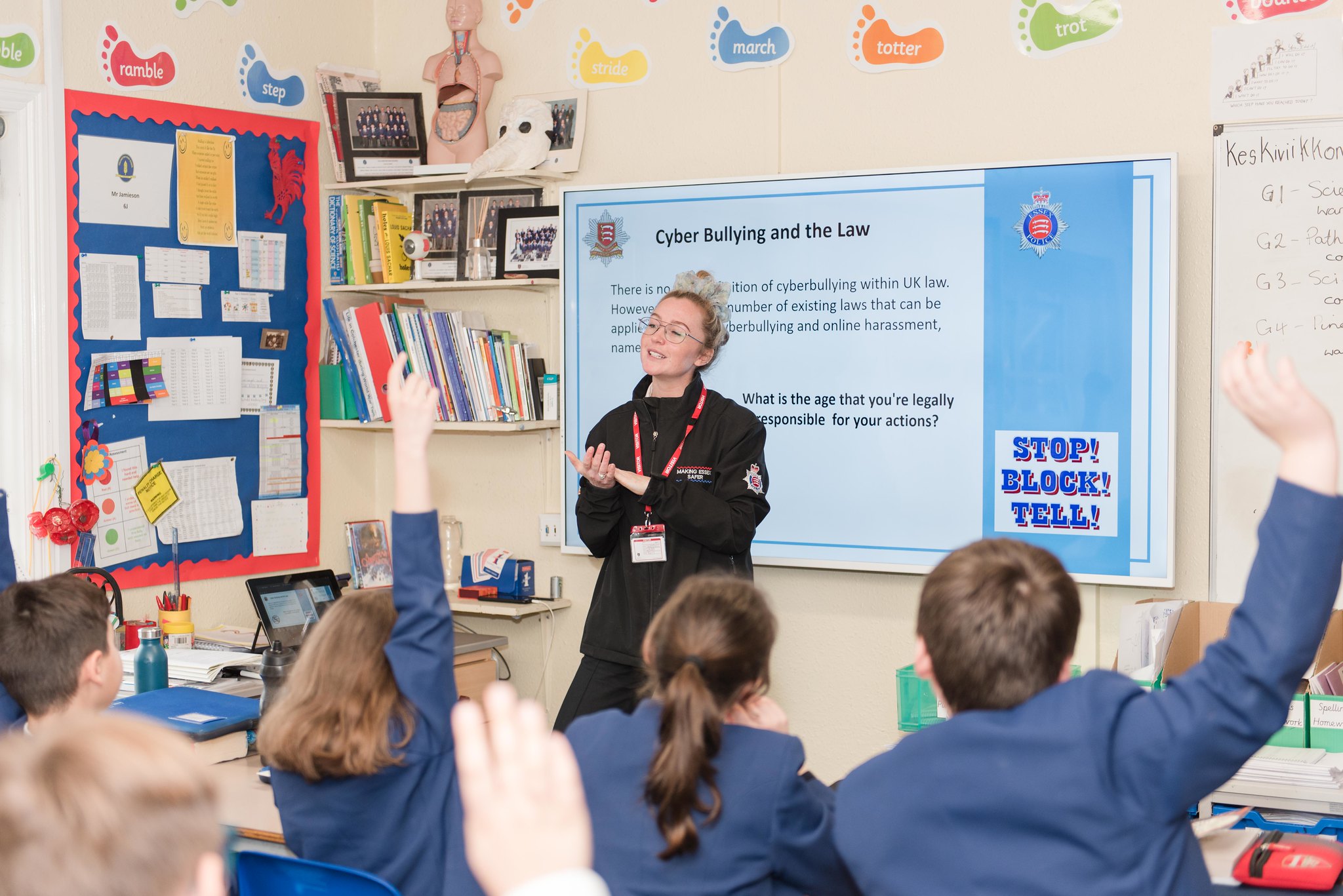
Museum
We have partnerships with care homes and dementia charities to make sure our museum is more accessible and meets the needs of people with dementia.
We review our resources and visitor experiences to make sure they meet the variety of needs of the people who visit. We also organised a number of dementia-friendly days where people with dementia could visit our museum with their loved ones and learn more about the history of our fire service.
These open days were run alongside the Alzheimer’s Society, and those who attended were given advice about the support that is available in Essex.
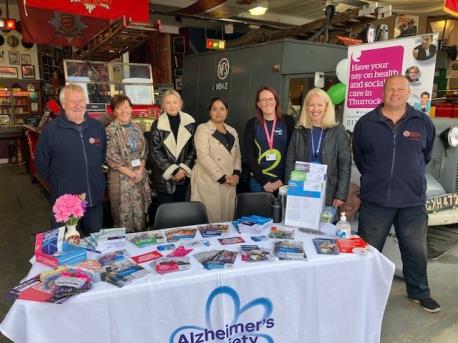
Training
We continue to offer training for our staff in British Sign Language and special educational needs and disability. Some staff are trained as Mental Health First Aid Instructors and have received training in trauma informed practices (which helps them understand how going through trauma or witnessing traumatic events can affect people), restorative justice and Down’s syndrome.
We have also bought learning aids for children and young people who are neurodiverse and attending our training and provide extra support to meet different needs within the learning environment. This includes, where possible, having a dedicated space for children and young people to take time out when needed, building movement breaks into sessions and developing activities and resources that support the needs of young people (such as visual timetables and talking first-aid devices).
Objective four
Demonstrate community-focused leadership by working in partnership and making the most of our presence in the region to stress the importance of socio-economic factors and how they affect both employment and services.
We continue to work in partnership with others, making the most of our presence in the region.
We work in partnership focusing on:
· children and young people to build a safer generation through education and behaviour interventions;
· vulnerable adults to create safer, healthier and stronger communities;
· preventing harm from happening at the earliest chance we get; and
· preventing greater risk of significant harm from happening by using adapted interventions.


We have given examples of how we have used our partnerships below.
Working with health and social care services
Working with adult social care services and the NHS demonstrates our approach to promoting safety in the home. These partnerships allow us to identify households where individuals may have specific health needs or need extra support. It also encourages services to include fire safety in broader health and social care initiatives and deepens our understanding of health inequalities.
We work with:
• Alzheimer’s Society;
• Dementia Friends;
• Millbrook;
• Cadent; and
• Alpha Vesta.
Inclusive approach to household safety
Recognising the link between socio-economic factors (for example, a person’s level of education, income and employment status) and the risk of home fires, we work with Cadent to target households which fall within the Index of Multiple Deprivation( a national collection of data that measures seven types of deprivation across small areas of the UK). The initiative recognises the importance of reaching communities that may have limited resources or face higher risks. Through our partnership with Cadent, we can provide free carbon monoxide alarms to households that meet the criteria for priority services. These include people who:
• have reached State Pension age;
• have a disability or long-term medical condition;
• have a mental-health condition;
• are pregnant or have children who are under the age of five.
Case study: Carbon monoxide alarms
We evaluated home fire safety visits and saw there was a low number of people buying their own carbon monoxide alarms. Some of the reasons for this are cost and accessibility. To address this, we developed a partnership with Cadent. Through our partnership, we can provide free carbon monoxide alarms to households that have the most need. This leads to equal opportunities and helps to make services available to everyone, regardless of socio-economic factors. Since July 2023, we have provided 533 free carbon monoxide alarms and given carbon monoxide safety advice to 827 households.
North Essex Support Team (NEST)
Led by Les Nicoll from our Safeguarding Team, and his charity and volunteers from North Essex Support Team (NEST), we offer support to families who might not be able to afford food or presents at Christmas. In 2023, NEST helped 170 families and 400 children. The partnership made sure that each family in need of support received:
• a full Christmas Day hamper containing breakfast, dinner, tea, cakes, fruit, sweets, mince pies for Santa and carrots for reindeers;
• money for electricity or gas so the family could be warm and cook their dinner; and
• wrapped presents for the children.
Our partner agencies, including social care services, Essex Police, schools and charities, refer the families in need to NEST. Colleagues from our service then deliver the hampers and toys, give fire safety advice and fit smoke alarms.
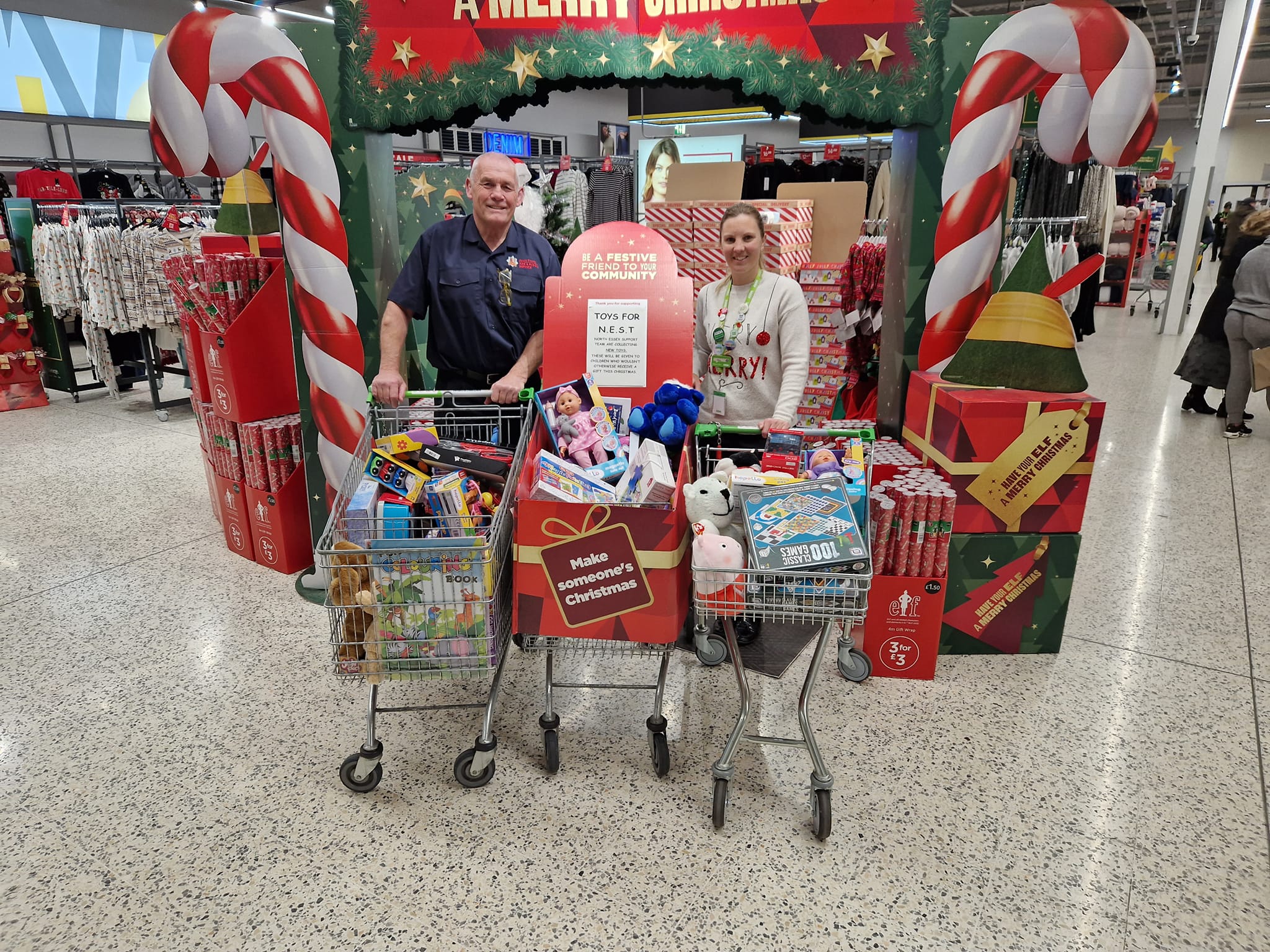
Stay connected
Sign up to receive news and updates from Essex County Fire and Rescue Service
